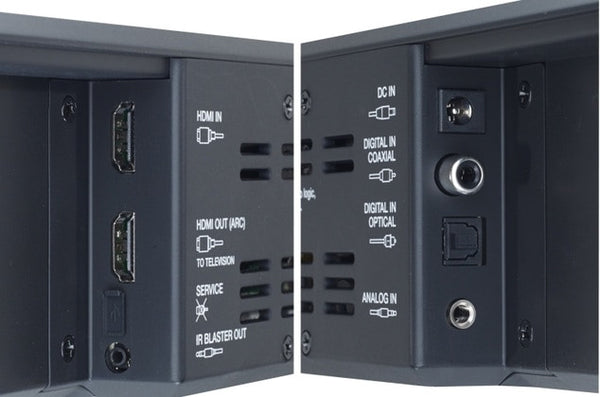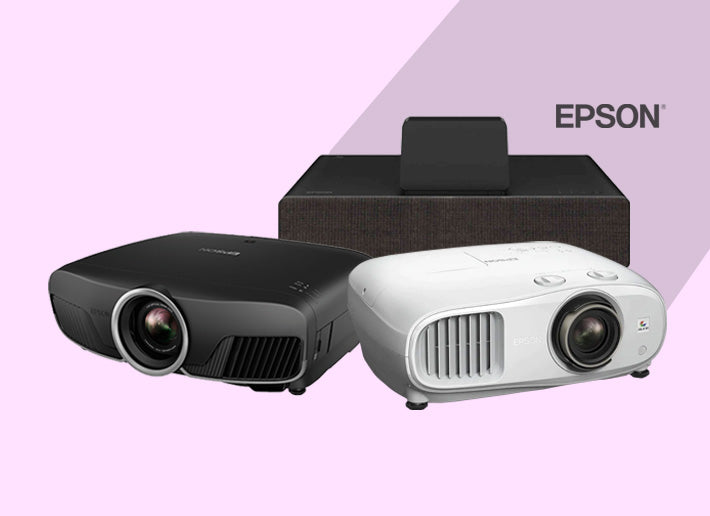
As we are all aware by now, the audio fidelity of the TV’s built-in speakers is simply not the best. Many users have opted for a multi channel home theatre setup while many have opted for multifunctional soundbars. Soundbars have become popular in recent years, thanks to their compact profiles and cost-effectiveness.
As TVs have become bigger and slimmer, the built-in audio solutions haven’t evolved significantly. This is where soundbars find a space in your home cinema setup. Soundbars are sleek, compact and often mounted right below the TV or on the wall. There is a slight catch though, not all soundbars are same. In most cases, you get what you pay for.
At Ooberpad, we asked our team of audio video specialists to highlight key factors to remember while choosing, buying and installing soundbars. This blog shares buying and installation tips to help you get the most out of your soundbar installation.
Soundbar buying tips from Ooberpad
- Sound quality: It is the most important factor that you should consider while buying a soundbar. A good soundbar provides a well-balanced sound that is pleasing to your ears. Audio should be rich, clear and detailed. Most soundbars also have subwoofers to enhance bass reproduction. Aim to choose a speaker with exceptional mid-frequency response to better understand dialogues and lyrics.
- Connectivity options: It’s very important to consider how the soundbar will connect to your TV. The most common method is to use an optical cable and most modern TVs support this. However, ensure to check before selecting your soundbar. Many soundbars have HDMI inputs for both audio and video signals (pass through). Most soundbars also feature a 3.5mm minijack or dedicated RCA inputs. These allow connectivity to playback devices such as CD players, iPods, MP3 players, phones and tablets. However, if you’d prefer the convenience of wirelessly streaming, look for a soundbar with built-in Bluetooth or NFC.

- Consider the size: Soundbars are available in all shapes and sizes. Opt for a soundbar that suits the size of your room. The bigger model doesn’t always mean better. If you are looking to upgrade your TV speakers for a small bedroom, you can also consider a soundbase such as the Denon DHT-T100 TV speaker base cum soundbar. Soundbases do the same job as the soundbars. Also, they often have built-in subwoofers, saving you space, and offering a good performance.
- Know your exact requirement: Your soundbar has to fit with your television. Determine the soundbar size your room can accommodate. Remember that certain soundbars are also better in certain spaces. For e.g. if you have an open room, a surround sound system may not work properly. A stereo soundbar should work for you.
- Stereo versus. surround sound: Stereo soundbars focus on providing high-quality sound that comes directly from the soundbar. Surround soundbars use special time-delay speakers that bounce off your walls to simulate a multi-speaker surround sound experience without all the wires. Needless to say, surround soundbars are more expensive and may also have added speaker units to be installed. It would be worth knowing that it is better to go for multi-channel home theatre system for an immersive surround sound.
- Consider price-to-performance: The most expensive soundbar doesn’t necessarily mean the best one for your requirement. Buy a soundbar that provides great audio and is simple to use and setup. Finally, choose one that sounds right to you.
Soundbar placement tips from Ooberpad
- Centre-align the soundbar right under the TV for a balanced sound experience. This ensures that the picture and sound play from the same spatial point source, just the way the cinema engineer intended.
- Place the soundbar so that the speakers are in line with your ears. This allows you hear more detail, especially at high frequencies. Ensure to be balanced with the preferred height of your TV.
- Leave at least 1 meter of space between the soundbar and both sidewalls so that the sound reflects and disperses in a balanced, symmetrical way.
- To experience the maximum surround sound effect, allow 3 to 8 meters distance between the soundbar and the listening area.
- Obviously, make sure the soundbar doesn’t block the TV screen. The TV can be elevated higher or wall mounted.
- The ideal place for the TV and soundbar is on the wall. If the TV is wall mounted, the soundbar should too, if the space permits.
- When wall mounted, leave 10 to 15 cms gap between the soundbar and TV. This allows easy access to the controls and connectivity options when required.
- Good sound also depends on your home environment. A room with curtains and carpet helps to dampen the noise reflections for more authentic sound. Speakers and subwoofers out in the open also produce better sound – so avoid placing soundbars in an enclosed shelf and cupboard space.
- The subwoofer can be placed anywhere in the room. Preferably at least 1 meter away from the main unit. Leave about 10 cms gap between the subwoofer and the wall to let sound carry with the airflow.
Did you find these tips by Ooberpad useful? or Do you have some tips for other home theatre enthusiasts? Either way, use the comment section below to share your ideas, suggestions or hacks. Also, do follow our blog for more such tips, tricks, tutorials and other useful information.











1 comment
These are the basic information essential and very helpful to set up a soundbar / home sound system.
Thanks a lot.